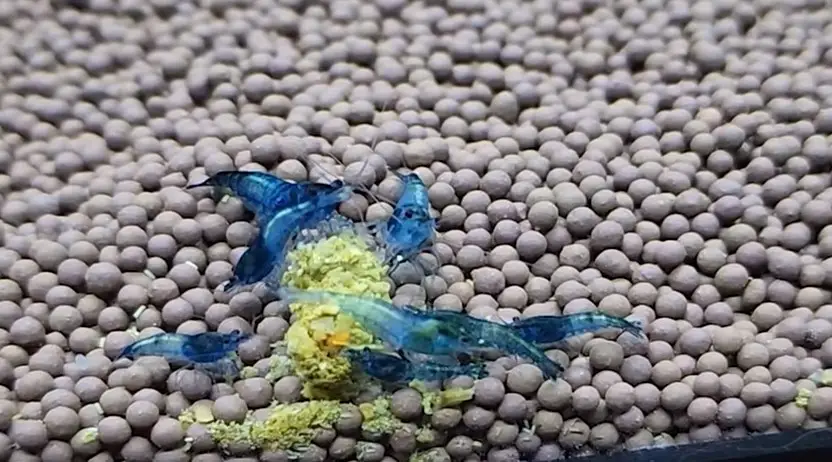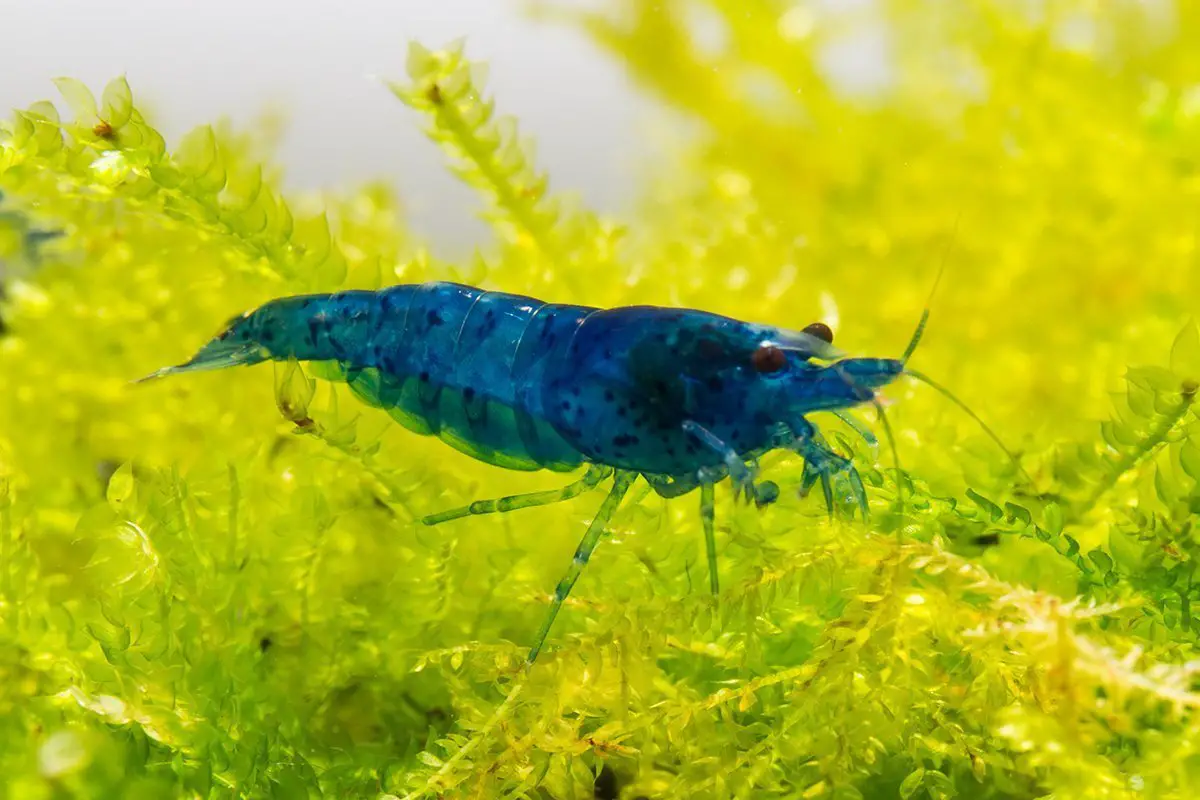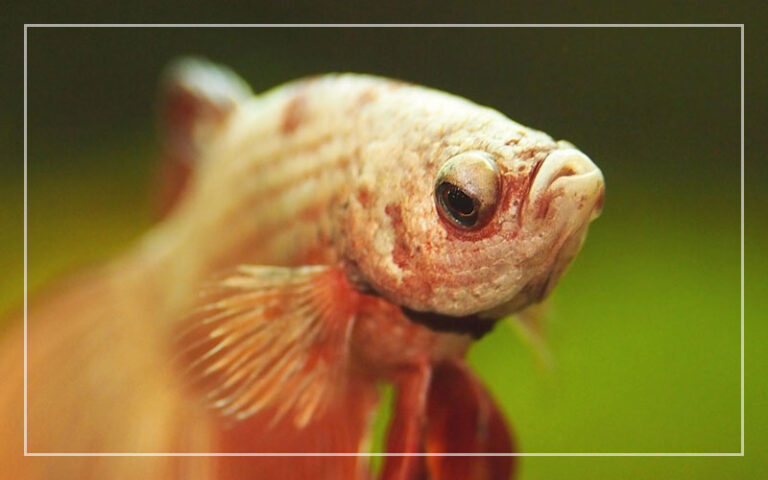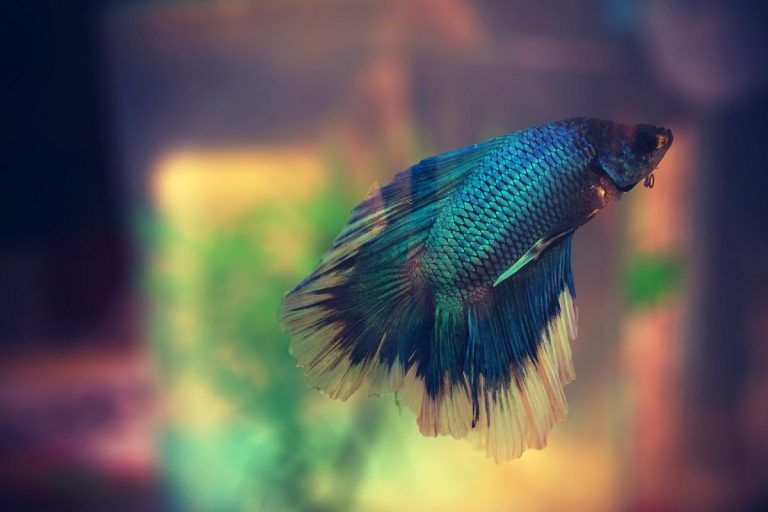Blue Dream Shrimp
Blue Dream Shrimp: The Ultimate Guide to Keeping and Breeding
Have you ever seen a shrimp that looks like it emerged straight out of a fairy tale? Well, the Blue Dream Shrimp is the aquatic gem that will leave you awe-struck with its stunning colors and graceful movements. These tiny yet majestic creatures have become increasingly popular among aquarium enthusiasts due to their mesmerizing hues and ease of care.
In this comprehensive guide, we will delve into the fascinating world of Blue Dream Shrimp, from their origins and appearance to their care requirements and breeding habits. Whether you are an experienced aquarist looking to add some exotic charm to your tank or a beginner looking for a captivating aquatic pet, this article is the perfect resource for you.
Origins: A Journey from Southeast Asia to Your Aquarium
Blue Dream Shrimp, scientifically known as Neocaridina davidi var. Blue Dream, originated in the rice paddies and freshwater rivers of Taiwan. Their ancestors, the wild cherry shrimp, were selectively bred to achieve the vibrant blue coloration we see in Blue Dream shrimp today. These shrimps were subsequently introduced to the aquarium hobbyist scene and gained popularity worldwide.

Appearance: Nature’s Masterpiece
One glance at the Blue Dream Shrimp, and you will be captivated by its celestial beauty. The body of the Blue Dream shrimp is translucent, allowing you to see its internal organs. The most striking feature is the bright blue coloration covering the entire body, varying from light sky blue to deep sapphire blue.
These shrimps have a slender body shape and grow to an average length of 1-1.5 inches (2.5-4 centimeters). Their eyes are black, showcasing a stark contrast against their vibrant blue bodies. Unlike some other shrimp species, Blue Dream Shrimp do not have any distinct patterns or stripes.
Tank Setup: Creating a Perfect Aquatic Haven
To provide a comfortable and thriving environment for your Blue Dream Shrimp, it is crucial to set up their tank appropriately. Here are some key points to consider:
1. Tank Size: Blue Dream Shrimp can be kept in smaller tanks, ideally starting from 5 gallons (19 liters). However, a larger tank is always better as it allows for stable water parameters and provides more space for the shrimp to roam.
2. Water Parameters: Blue Dream Shrimp thrive in freshwater with stable water conditions. The optimal temperature range is between 70-78°F (21-25°C), and the pH level should be around 6.5-7.5. It is essential to maintain consistent water parameters to ensure the well-being of the shrimp.
3. Substrate and Decorations: A dark substrate such as black sand or gravel will help enhance the vibrant blue coloration of the shrimp. Adding live plants like moss or Java fern provides hiding places, food sources, and natural filtration. You can also include driftwood or rocks to create caves and resting spots.
4. Filtration: While Blue Dream Shrimp are relatively tolerant of water conditions, they prefer gentle water flow. Sponge filters or air-driven filters are ideal choices as they generate minimal current, ensuring the safety of the shrimp.
Feeding: A Delightful Culinary Experience
Feeding Blue Dream Shrimp is not only crucial for their health but also an enjoyable experience for the aquarists. These shrimp are omnivores and will happily feast on a varied diet. Here are some dietary recommendations:
1. Quality Pellets or Flakes: High-quality shrimp pellets or flakes formulated specifically for freshwater shrimp are an excellent staple diet. Ensure that the food sinks slowly to the bottom of the tank, allowing the shrimp ample time to feed.
2. Vegetables and Greens: Blue Dream Shrimp relish blanched vegetables such as zucchini, spinach, and carrots. These leafy greens not only provide essential nutrients but also act as natural color enhancers.
3. Protein-Rich Treats: Occasionally offering protein-rich foods like bloodworms, brine shrimp, or daphnia will keep the shrimp healthy and provide them with the necessary proteins for growth and reproduction.
Breeding: Creating a Generation of Jewel-Like Offspring
One of the most exciting aspects of keeping Blue Dream Shrimp is their breeding behavior. These shrimp are prolific breeders, and with proper care, you can watch their population flourish. Here are some essential points to know about Blue Dream Shrimp breeding:
1. Sexing: Distinguishing between male and female Blue Dream Shrimp can be challenging, especially when they are young. However, adult females are generally larger and have a more pronounced saddle, which is the undeveloped eggs inside their bodies.
2. Breeding Setup: Providing ample hiding spots in the form of moss or densely planted areas will encourage successful breeding. Remove any large fish or aggressive tank mates, as they may prey on the shrimplets.
3. Gestation and Hatching: After successful mating, the female Blue Dream Shrimp carries the fertilized eggs under her abdomen. The gestation period lasts approximately 3-4 weeks, and once the eggs darken, it indicates they are nearing hatching. The newborn shrimplets are fully independent and will quickly scurry around the tank.
Frequently Asked Questions
1. Are Blue Dream Shrimp suitable for beginners?
Absolutely! Blue Dream Shrimp are known for their hardiness and adaptability, making them an excellent choice for beginner aquarists. Their low maintenance requirements and stunning color make them a delightful addition to any tank.
2. Can Blue Dream Shrimp live with other tropical fish?
While Blue Dream Shrimp are generally peaceful, some fish species may see them as a tasty snack. It is best to avoid aggressive or large fish as tank mates. Small, peaceful species like dwarf guppies or neon tetras can coexist peacefully with Blue Dream Shrimp.
3. Can I keep Blue Dream Shrimp in a planted tank?
Absolutely! In fact, Blue Dream Shrimp thrive in planted tanks as the plants offer hiding spots, natural filtration, and a source of food. Plants like Java moss, Anubias, or Hornwort are excellent choices for a Blue Dream Shrimp tank.
4. How frequently should I feed my Blue Dream Shrimp?
Feed your Blue Dream Shrimp once or twice a day, only providing the amount of food they can consume within a few hours. Overfeeding can lead to water quality issues, so it is crucial to maintain a balance.
Final Thoughts
Blue Dream Shrimp are a true marvel of nature, effortlessly bringing a touch of enchantment to any aquarium. Their vibrant blue coloration and graceful movements make them a captivating addition to both beginner and experienced aquarists alike. By providing them with a suitable habitat and a varied diet, you can witness these tiny gems thrive and multiply, creating a mesmerizing underwater world right in your own home. So, why not embark on this aquatic journey and add some Blue Dream Shrimp to your aquarium today?






